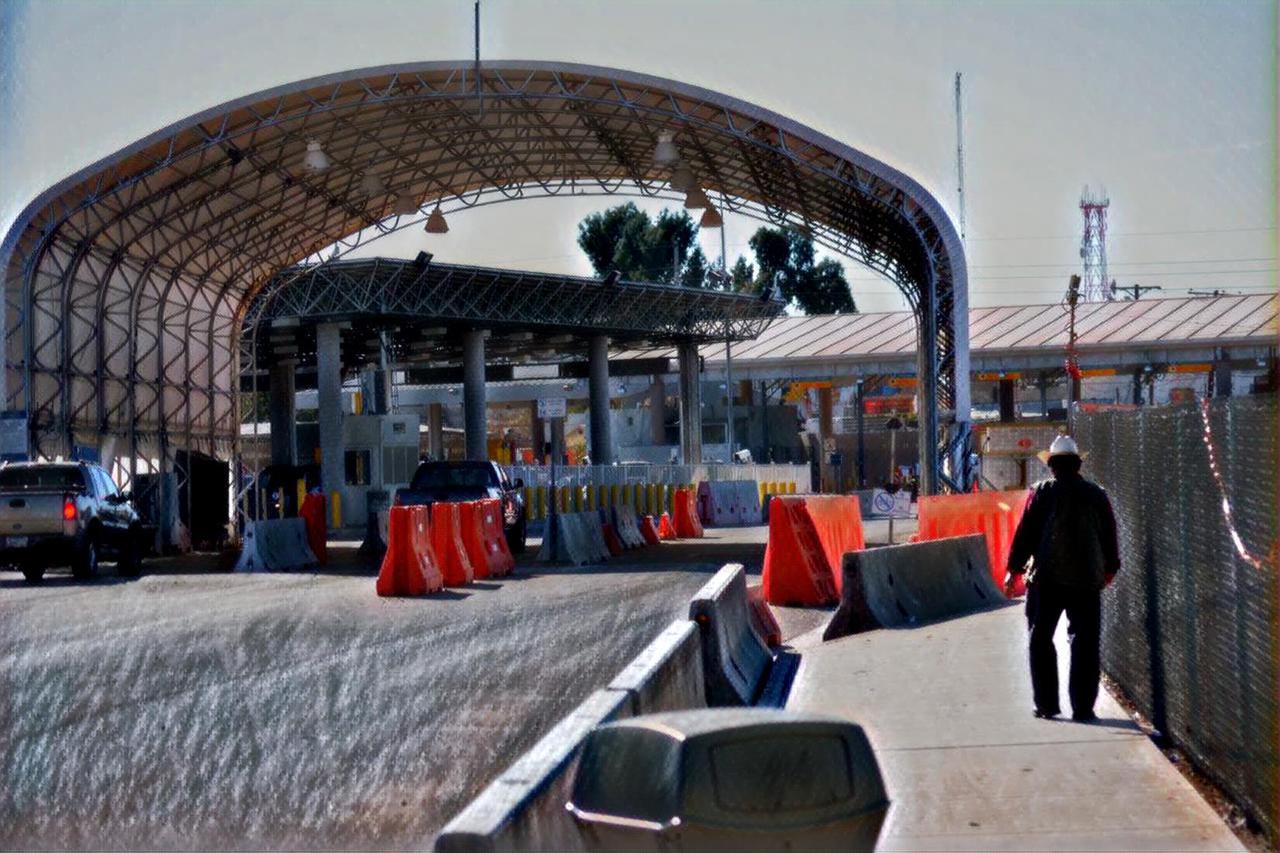

I just got back from two weeks in the United Kingdom, which was my first international travel in a Trump and Brexit dystopia. My travel leaving the country, and coming back through LAX were uneventful, but it gave me the opportunity to begin pulling together my procedures for crossing borders with my digital devices.
Pausing, and thinking about which devices I will be traveling with, what I am storing on these devices, and the applications I'm operating provided a significant opportunity to get my security and privacy house in order. It allows me to go through my digital self, think about the impact of traveling with too much data, and prepare and protect myself from potentially compromising situations at the border.
When I started my planning process I had invested in a burner Google Chromebook, but because I'm currently working on some projects that require Adobe products, I resorted to taking my older Macbook Air, that if I had confiscated I would be alright leaving behind (who wants a violated machine?). When it comes to my iPhone and iPad, I cannot afford to leave them behind, as I need the most recent iPhone to work with my new Mavic drone, and my Osmo+ video camera--both from DJI.
Any law enforcement looking to get access to my MacBook, iPhone, or iPad are going to go after all my essential bits: contacts, messages, images, audio, and video. So I made sure that all of these areas are cleared before I crossed any border. I keep only the applications I need to navigate and stay in touch with key people--no social media except Twitter. Since I use OnePass for my password management, I don't actually know any of my passwords, and once I remove the OnePass application, I can't actually get into anything I'm not already logged into.
The process of developing my border processing procedure also helped me think through my account hierarchy. My iCloud and Google are definitely my primary accounts, with everything else remembered by OnePass. I even set up an alternate Kin Lane for iCLoud, Twitter, and Google, which I log into with all of my devices when crossing a border. I made sure all social and messaging applications are removed except for the essentials, and double checked I had two-factor authentication turned on for EVERYTHING.
I store nothing on the iPhone or the iPad. Everything on my Macbook is stored in a synced Dropbox folder, which is removed before any border is crossed. I clear all SD cards and camera storage on the device. Everything is stored in the cloud when I travel, leaving nothing on the device. When you are really in tune with the bits you create and need to operate each day, it isn't much work to minimize your on-device footprint like this. The more you exercise, the easier it is to keep the data you store on-device as minimal as you possibly can. One footnote on storage though--if you can't get all your data uploaded to the cloud in time because of network constraints, store on mini-SD cards, which can be hidden pretty easily.
The areas I focused on as part of my procedure were focused on device storage, application connections to the cloud, and what is baked into the device like address book, etc.--running everything in the lightest, bare bones mode possible. It really sucks that we have to even do this at all, but I actually find the process rewarding--think of it like fasting, but for your digital self. I'm looking forward to furthering refining my approach and keeping it as something that I do EVERY time I cross a border. Eventually, it will just become standard operating procedure, and something I do without thinking, and will definitely begin to impact my more permanent digital footprint--keeping everything I do online as thoughtful, meaningful, and secure as possible.
